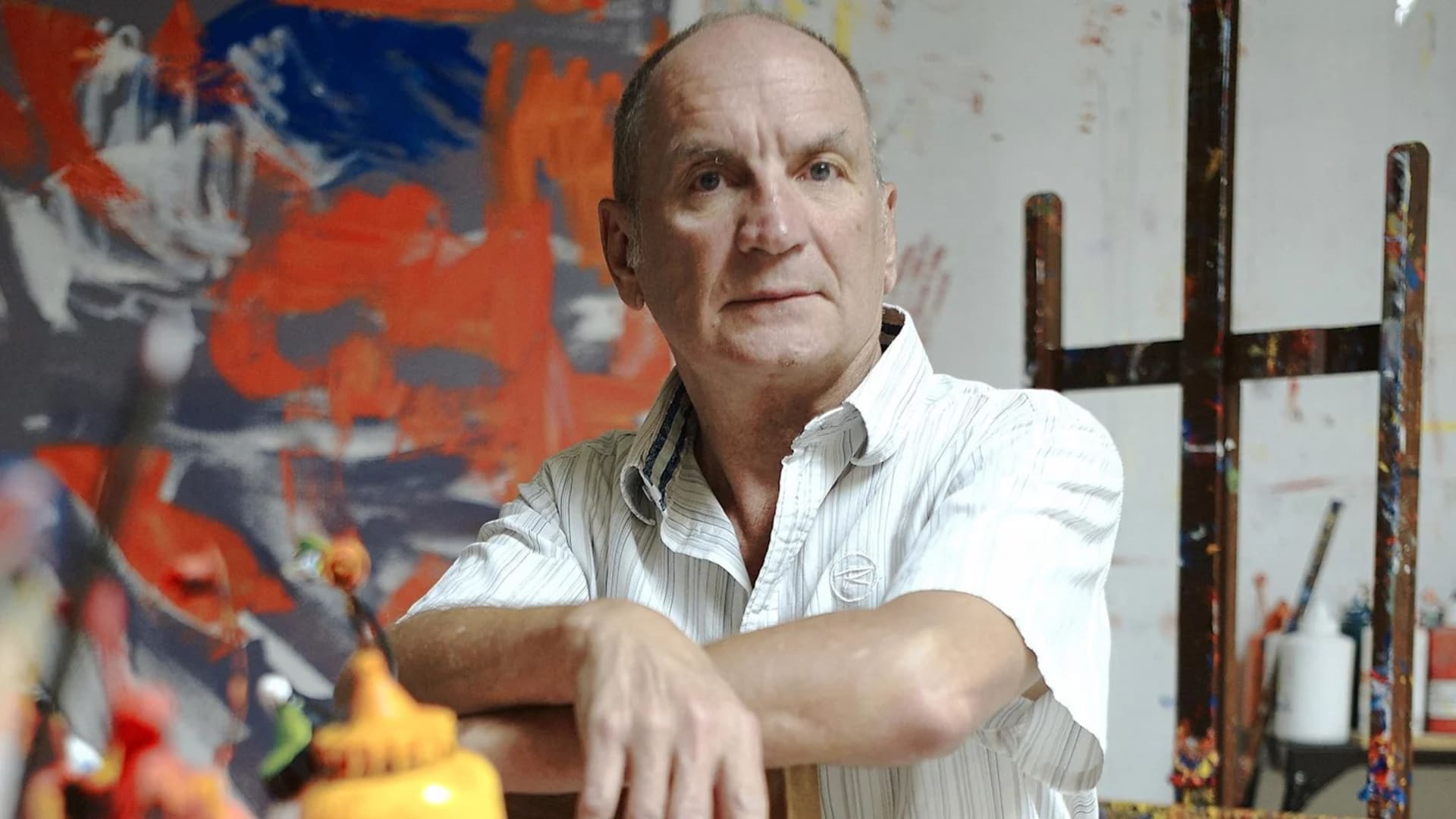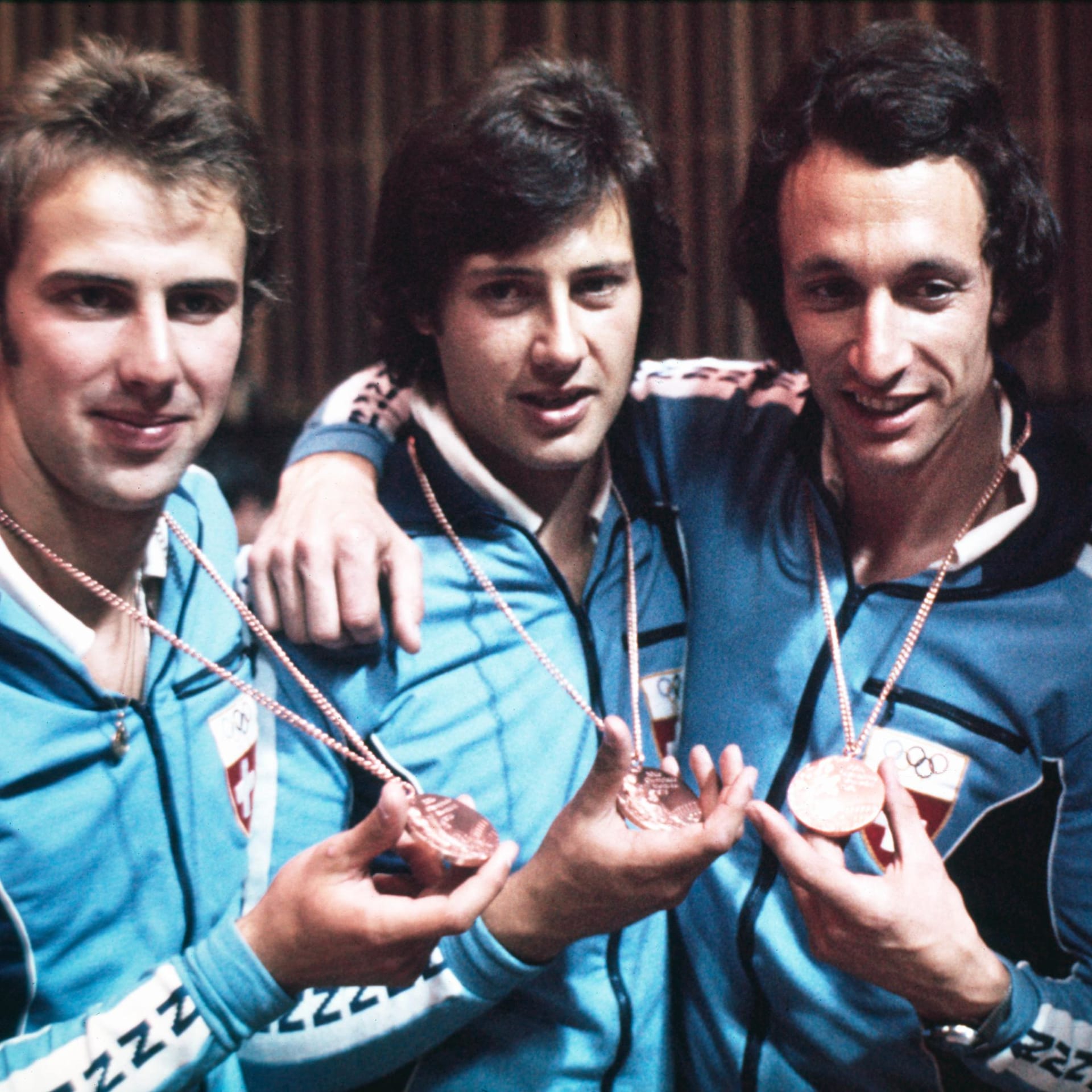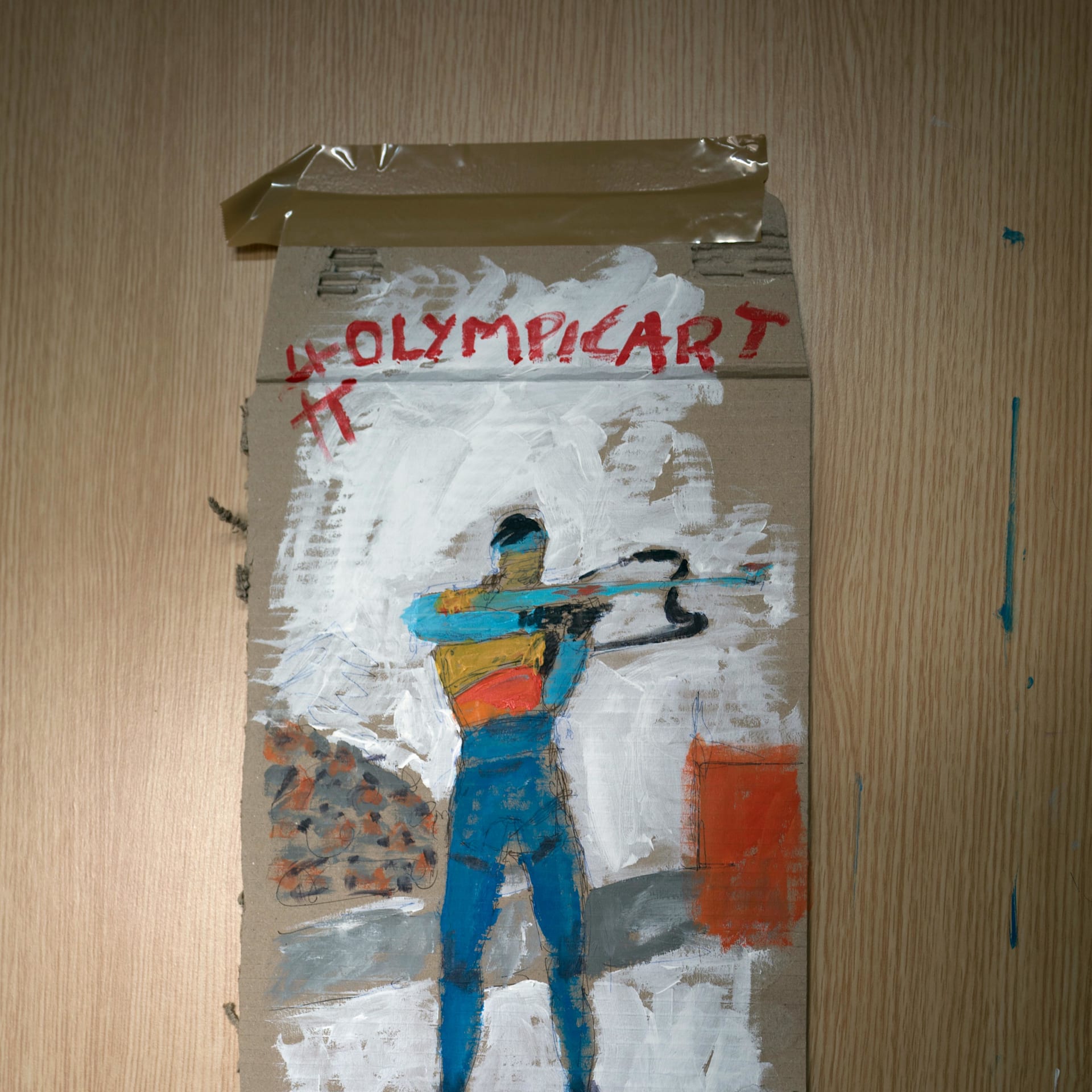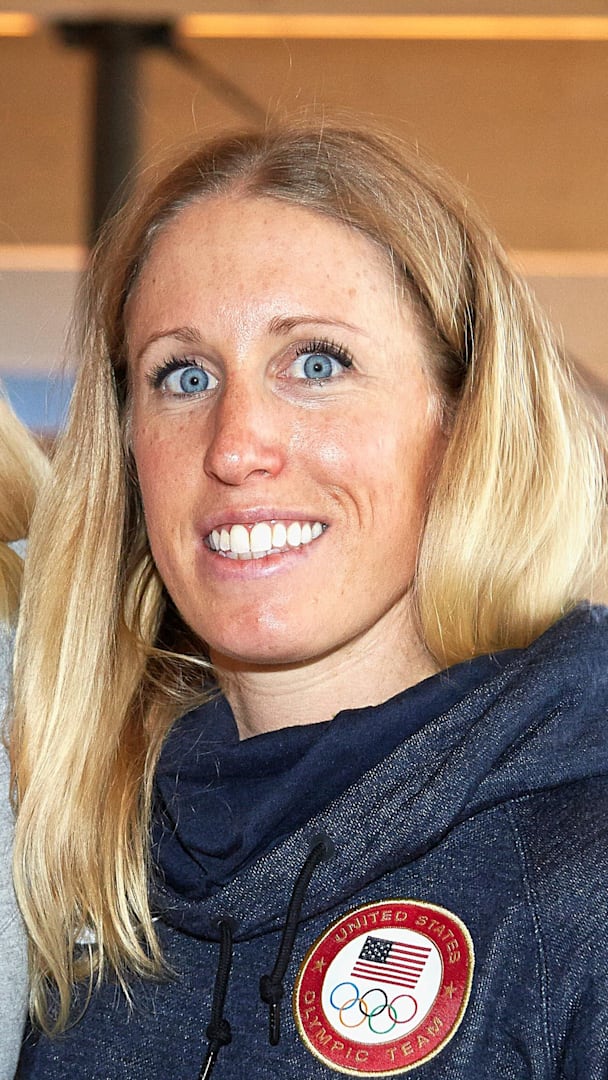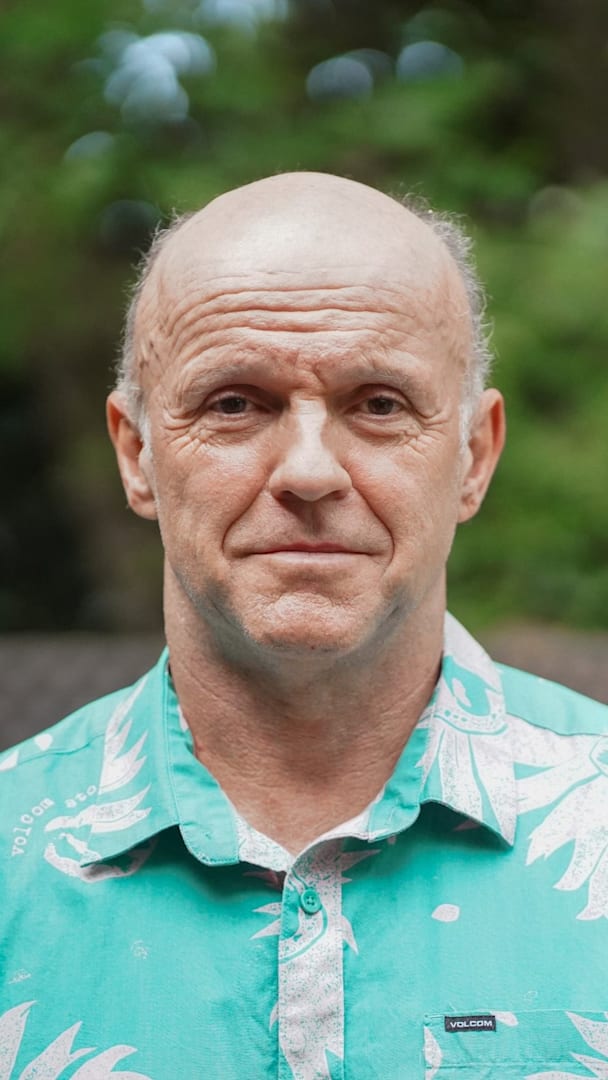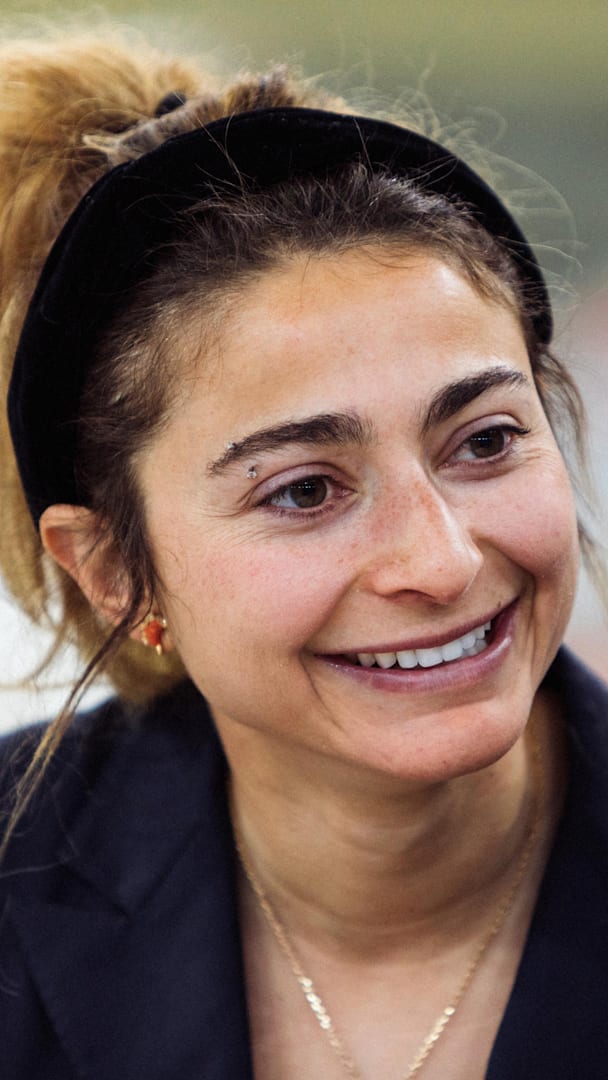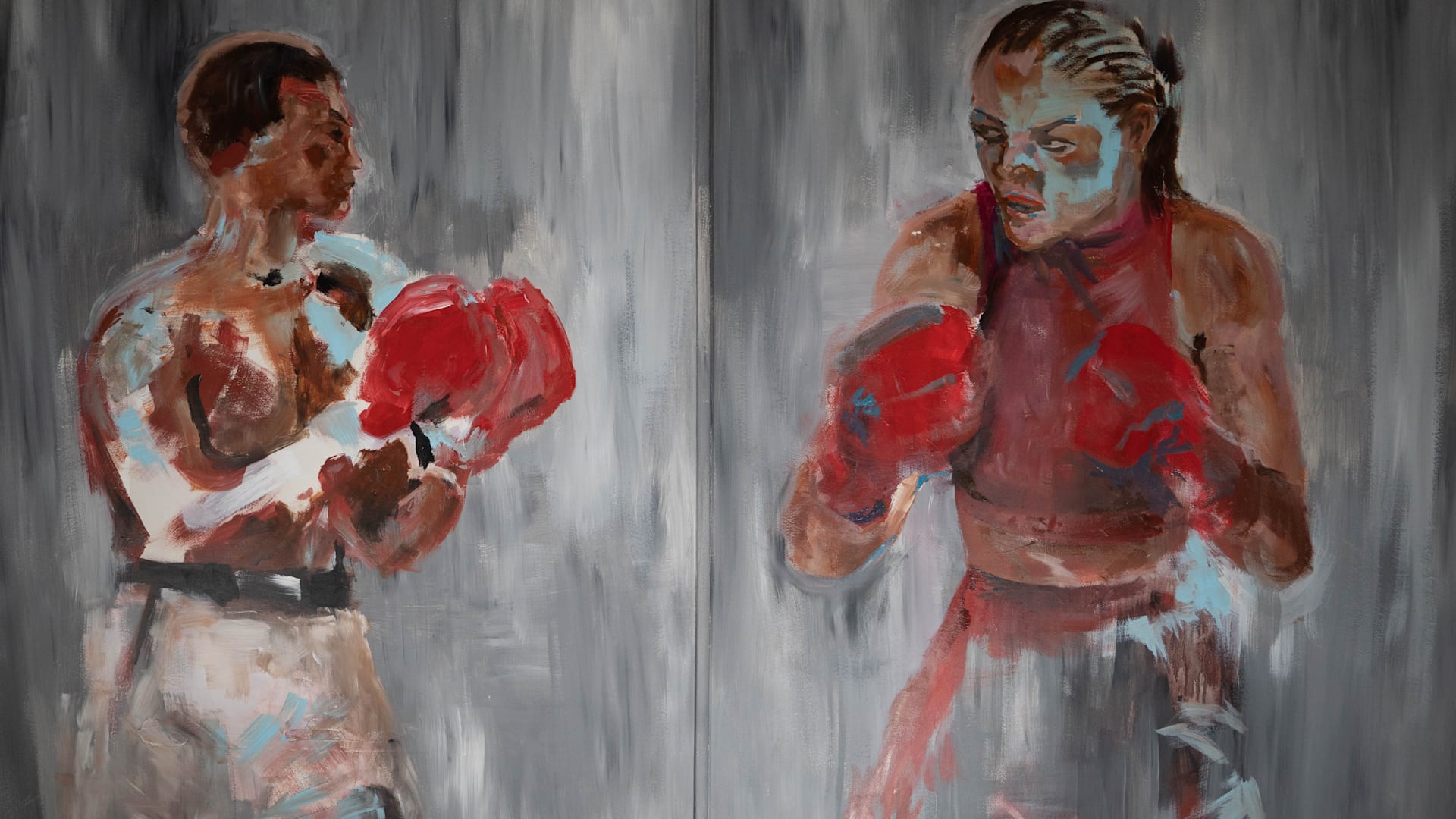Jean-Blaise EVÉQUOZ (SUI)
Olympian Artist – Painting: PyeongChang 2018
Born in Sion, in Switzerland, Jean-Blaise – also known as JBE – is a Swiss fencer and artist who won bronze in fencing at the Olympic Games Montreal 1976.
After finishing law school, he decided to pursue a bachelor’s in fine arts in Florence, Italy. Along with athlete Al Oerter, he later became one of the founding members of the Art of Olympians movement, which brings together Olympic athletes who have gone on to pursue art.
“This experience offers Olympian Artists an opportunity to promote the shared values of sport and art.”
Jean-Blaise never stopped practicing fencing and now accompanies talented youngsters to international competitions. He never fails to get in a few jabs with them to inspire them. “Sport has taught me that talent without work is just a bad habit. I live for painting and, for me, it’s a wonderful adventure that continues with the Olympic Games and allows me to share my passion with the same energy as the Olympians.” His art is now recognised internationally and he exhibits his work all around the world.
Discover the artist's works on its website: Jean-Blaise Evéquoz / Artiste-peintre | L’art c’est la vie ! (jbevequoz.ch).
Questions and answers
What do you think about this experience? How do you feel about it overall?
For me, being invited by the IOC to the Games in Korea was just incredible. I felt like an athlete in Montreal all over again. Thinking, “I’ve managed to get to the Olympic Games, but I want a medal!”. The success of that first experience had a profound impact on me. As I was making my way out the Village, being congratulated by people who had put their trust in me, it felt like I was leaving with a medal around my neck.
Do you think the athletes responded well to this art initiative?
Given that this was the first time this had been done, I think we showed that there was very much a place for the programme, and that it has enormous potential. All the athletes who took part in our project expressed their enthusiasm and said how much they enjoyed themselves. It’s really encouraging for the future.
Will this project change the way you approach Olympic art in the future?
I’m convinced we’ve opened a door that will never close again. Pierre de Coubertin’s ideal was art and sport. I’m sure that this information will continue to gain ground through the information given to all the federations and all the athletes in the Olympic Village, and I’m going to keep working to make sure it continues in the same vein.
What was your most challenging moment?
The real challenge was to successfully open the door for the future. The fantastic way the IOC and the WOA welcomed the venture is proof of its merits. I left Korea feeling happy and convinced that this is just the beginning. There’s a lot still to do, but it’s incredible to have had the opportunity to be trusted and to have risen to the occasion.
And what was your most memorable moment? The thing you’ll never forget.
I have so many fond memories that it’s difficult to choose. I’d say being welcomed onto the podium at the official IOC Session. I felt like I was part of this big family, not only because of my medal, but also because of the friendships I’ve made. And being there because of my passion for art was simply magical.
What have you learnt from this experience?
I wouldn’t change anything about this amazing experience. It wasn’t easy to set up and develop the project, but those kinds of difficulties only make it more rewarding. Any athlete will tell you that.
MEET THE ARTISTS
Olympian artists at PyeongChang 2018
